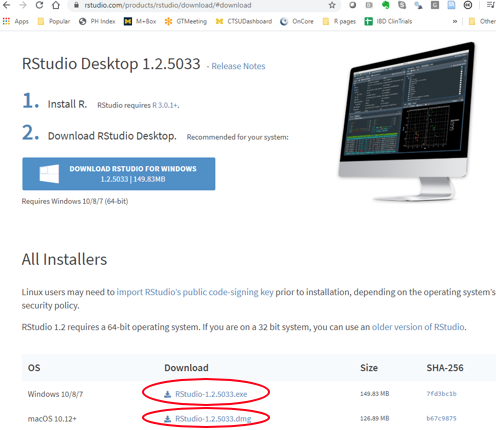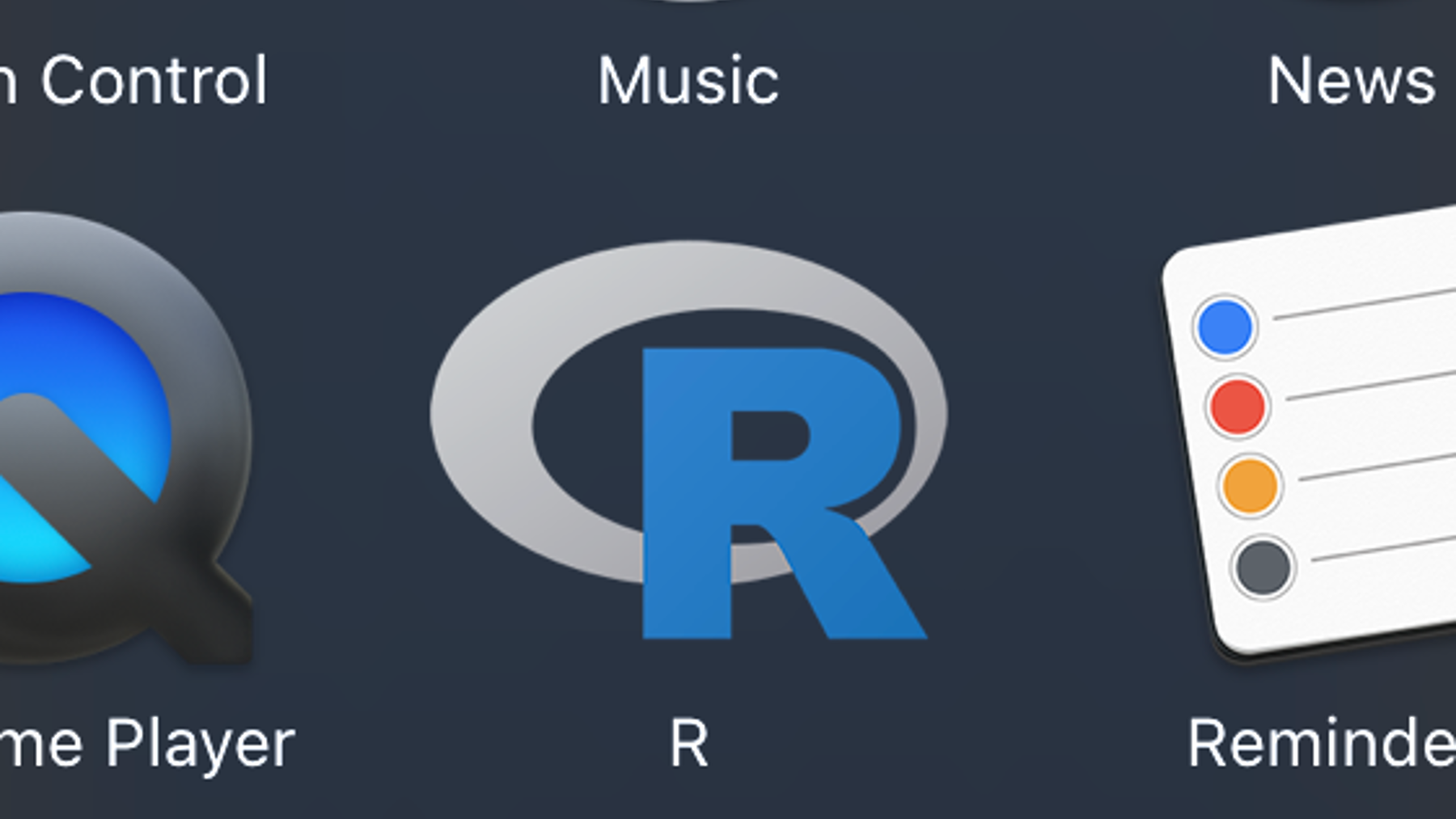

Some people like Rstudio to remember stuff from session to session. Q4 - contains: files, plots, packages, help.Q1 - contains: script, data, command to run script.Create a script file and save it (to your scripts folder within RYouWithMe of course!)įor quick reference, here’s a screenshot of the quadrants and a brief explanation.Play around with expanding and reducing the components of the interface.Create a “scripts” and “data” folder within that folder.You’ll be coming back to this for all your RYouWithMe lessons - so just be sure to remember where you put it! This can be your Desktop, in Dropbox, or anywhere else sensible. Create a new project and save it to an “RYouWithMe”” folder somewhere you’ll be able to access it again.Watch the video and then carry out the following steps: The four main quadrants of the RStudio interface and what you can expect to do in each.How to create a project and organise your files.The overall layout of the default RStudio interface.Also, note that our screenshots and screencasts will be use a Mac, but the instructions should broadly apply to PC users! 1.2 Creating files and a tour of the studio So, if you already had R and/or RStudio installed, best to check for version updates! It probably won’t make that much of a difference if you have an older version, but very occasionally it does matter. First, install R then install RStudio.įor this lesson (and likely the rest of RYouWithMe), we’ll be using R v.3.5.1 () – “Feather Spray” and RStudio Version 1.1.463.

Have adjusted your settings to make your RStudio life a little less painful

Know how to create a Project file and a script in RStudio.Have R and RStudio installed on your machine

This forms the foundation of all future RYouWithMe lessons - so be sure to follow along carefully! Lesson Outcomes In this lesson, we’re going to impart our opinions 1 on navigating RStudio and setting up your workflow. Welcome to the first lesson of Basic Basics! Here at R-Ladies Sydney, we’re a pretty opinionated bunch.


 0 kommentar(er)
0 kommentar(er)
